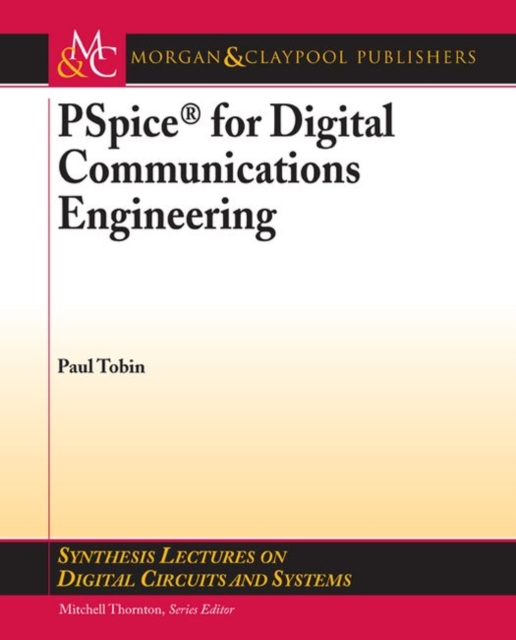
PSpice for Digital Communications Engineering Paperback / softback
by Paul Tobin
Part of the Synthesis Lectures on Digital Circuits and Systems series
Paperback / softback
Description
PSpice for Digital Communications Engineering shows how to simulate digital communication systems and modulation methods using the very powerful Cadence Orcad PSpice version 10.5 suite of software programs.
Fourier series and Fourier transform are applied to signals to set the ground work for the modulation techniques introduced in later chapters.
Various baseband signals, including duo-binary baseband signaling, are generated and the spectra are examined to detail the unsuitability of these signals for accessing the public switched network.
Pulse code modulation and time-division multiplexing circuits are examined and simulated where sampling and quantization noise topics are discussed.
We construct a single-channel PCM system from transmission to receiver i.e. end-to-end, and import real speech signals to examine the problems associated with aliasing, sample and hold. Companding is addressed here and we look at the A and mu law characteristics for achieving better signal to quantization noise ratios.
Several types of delta modulators are examined and also the concept of time divisionmultiplexing is considered.
Multi-level signaling techniques such as QPSK andQAMare analyzed and simulated and 'home-made meters', such as scatter and eye meters, are used to assess the performance of these modulation systems in the presence of noise.
The raised-cosine family of filters for shaping data before transmission is examined in depth where bandwidth efficiency and channel capacity is discussed.
We plot several graphs in Probe to compare the efficiency of these systems.
Direct spread spectrum is the last topic to be examined and simulated to show the advantages of spreading the signal over a wide bandwidth and giving good signal security at the same time.
Information
-
Item not Available
- Format:Paperback / softback
- Pages:199 pages
- Publisher:Morgan & Claypool Publishers
- Publication Date:29/06/1905
- Category:
- ISBN:9781598291629
Other Formats
- PDF from £29.74
Information
-
Item not Available
- Format:Paperback / softback
- Pages:199 pages
- Publisher:Morgan & Claypool Publishers
- Publication Date:29/06/1905
- Category:
- ISBN:9781598291629






